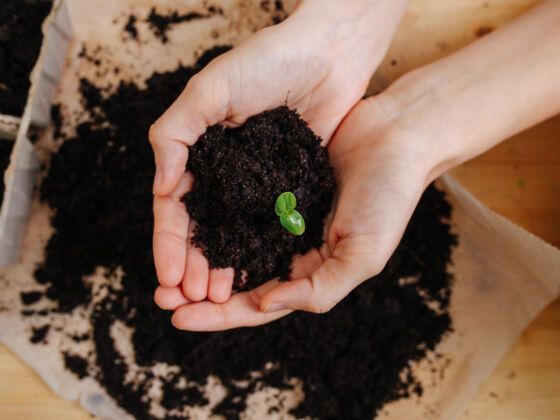BUT THE SUBWAY DOESN’T STOP at Trader Joe’s, and the waiting lists for CSAs (Community Supported Agriculture) and community garden plots can be years long–not to mention an intimidating commitment for a beginning gardener!
That’s why I got into container gardening.
Container gardening–growing plants in pots instead of the the ground–saves space, money and the environment. Even if you don’t live in an urban area, planting in containers gives you increased control over soil and growing conditions.
Best of all, you can start small.
Three years ago, I began with single pepper plant on my Boston rooftop, and before I knew it I had a dozen planters brimming over with lettuce, onions, spinach, and herbs.
Here are my tips for getting started:
